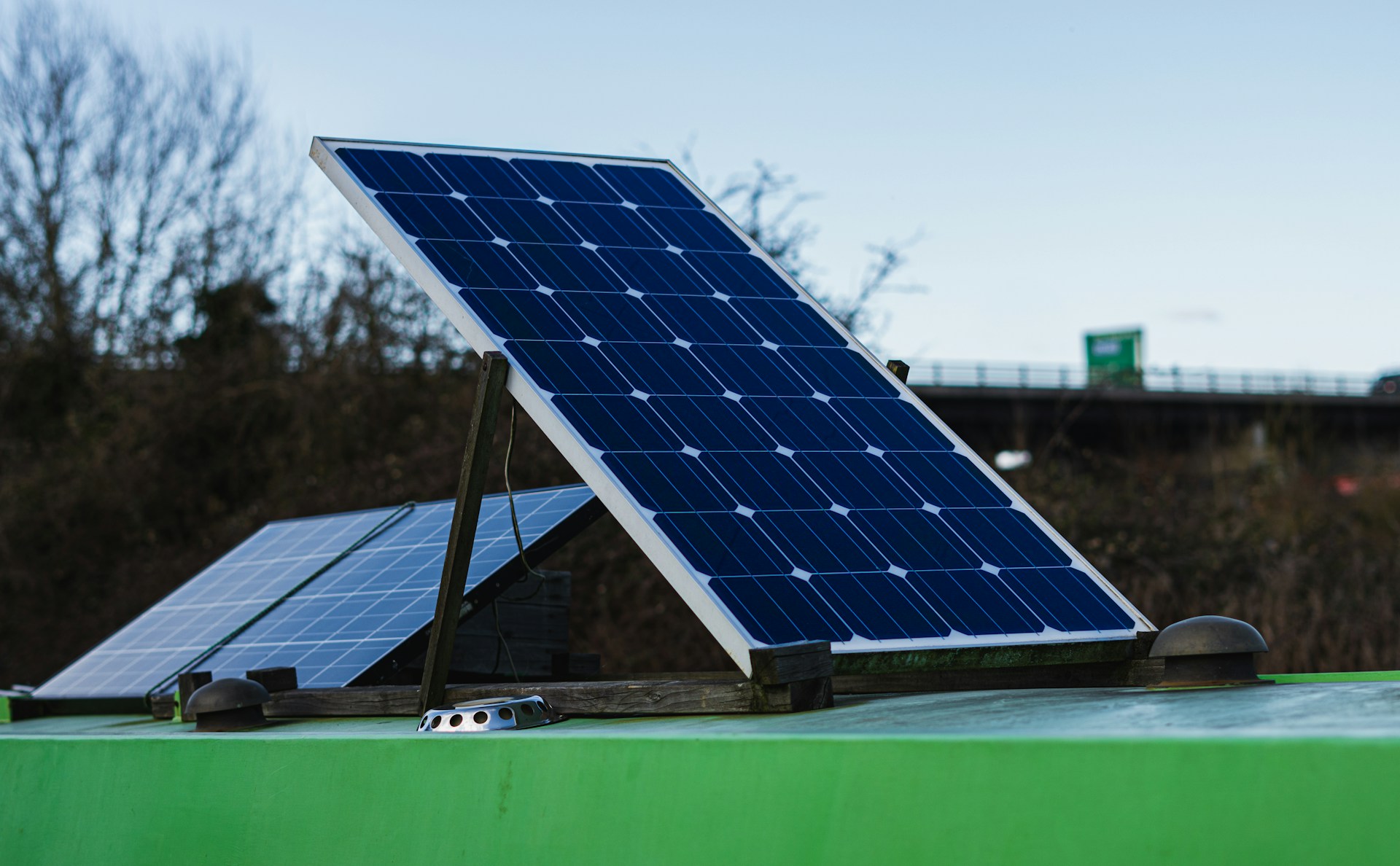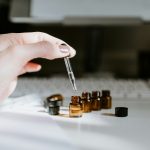Rolls-Royce Leads the Charge in Sustainable Energy
Rolls-Royce, a name long associated with aerospace and defense, is redefining its role in the age of climate action. The British company is making waves in Germany with an ambitious hydrogen project, showcasing its commitment to the green transition while rewarding investors with a major stock buyback.
In Duisburg, Rolls-Royce and Duisburger Hafen AG have launched “Enerport II,” a groundbreaking energy system that operates with zero carbon emissions. At the heart of the project are two mtu-series combined heat and power plants running on hydrogen, backed by a large battery and a state-of-the-art fuel cell. This venture marks a strategic shift for Rolls-Royce, moving beyond its traditional industries and embracing a diversified, future-focused portfolio.
Strategic Moves Win Over Shareholders
Parallel to its energy transformation, Rolls-Royce is energizing the financial markets with its aggressive share buyback program. Recent purchases of company shares through UBS London, as part of a £1 billion repurchase plan, are set to reduce the number of outstanding shares to around 8.45 billion. This move signals a strong return of value to shareholders, further fueling optimism.
So far, the strategy is working: Rolls-Royce shares have soared by nearly 60% since the start of the year, approaching their 52-week high of €11.52. A July 9 analysis urges investors to review their positions, highlighting a pivotal moment for those considering buying or selling.
Germany’s Solar Potential: Agri-Photovoltaics on the Rise
Beyond corporate boardrooms, Germany’s fields and orchards are emerging as unexpected drivers of the country’s clean energy revolution. New research led by Salome Hauger at the Fraunhofer Institute for Solar Energy Systems ISE reveals that agricultural land could host an enormous amount of solar capacity.
Hauger’s studies are the first in Germany to comprehensively assess all types of agricultural land—permanent grasslands, cropland, orchards, vineyards, and berry farms—for suitability in agri-photovoltaics. The team developed a sophisticated land suitability index, ranking locations by their potential for solar deployment based on strict geographical, legal, and economic criteria. Only land outside of protected zones and with ample sunlight makes the cut, with additional considerations for grid access and the impact on local crops.
Room for Massive Expansion
The findings are remarkable: Depending on how much land is used, Germany could install between 5,600 and 7,900 gigawatts of peak solar capacity—several times more than what’s needed to hit its 2045 net-zero emissions target. Even using just the most suitable sites, around 500 gigawatts could be developed, already surpassing current national solar ambitions.
A Unified Vision for Europe’s Green Future
Together, Rolls-Royce’s hydrogen innovations and the vast potential of agri-photovoltaics signal a new era in the European energy landscape. As established industry giants pivot toward sustainability and new solutions emerge from research labs and rural fields alike, Germany is positioned at the forefront of this transformation. With both corporate investment and grassroots innovation, the country is not only meeting its climate goals but setting a powerful example for the rest of Europe.
Whether through advanced hydrogen power systems or solar arrays stretching across farmland, the momentum for a cleaner, more resilient energy future has never been stronger. Investors, policymakers, and local communities alike will be watching closely as these parallel stories continue to shape the next chapter in Europe’s energy transition.


